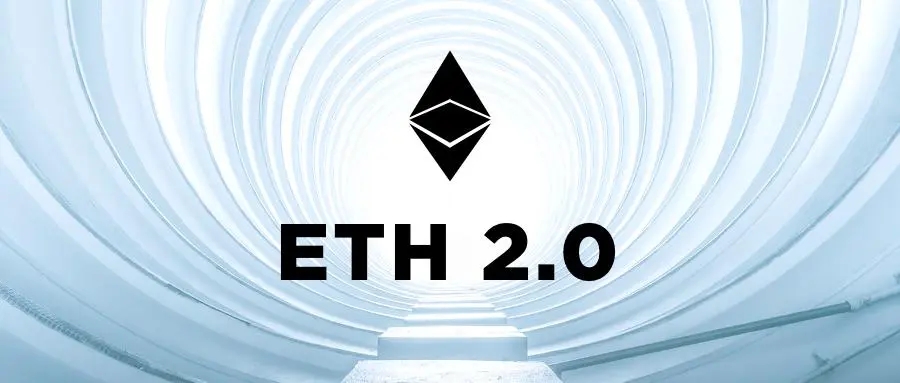|
|
Okay, so I need to figure out what TrustSwap is. Let me start by recalling any information I might have heard before. I think it's related to blockchain or cryptocurrencies. Maybe a platform for something like decentralized finance (DeFi)? The name "TrustSwap" sounds like it could be a tool for managing or swapping assets in a trustless environment, which is a common term in blockchain.
Wait, I remember hearing about Oracles in the context of DeFi. Oracles provide external data to smart contracts, right? So maybe TrustSwap is an oracle service? Or perhaps it's a platform that connects different DeFi applications by providing oracles? Let me check my memory.
I think TrustSwap is a decentralized oracle platform. Oracles are crucial because smart contracts can't access real-world data on their own. TrustSwap might aggregate data from various sources to feed into DeFi protocols. But how does it work exactly? Do they have a specific technology or consensus mechanism?
Also, the name "TrustSwap" could imply that it's a trustless swap platform, meaning it doesn't require intermediaries. Maybe it's a way to swap tokens or assets across different blockchains without a central authority. But I'm not sure. Let me think of other possibilities.
Another angle: maybe TrustSwap is a liquidity pool or a decentralized exchange (DEX). Some platforms allow swapping tokens without intermediaries. But I think the key here is the "Oracle" aspect. If it's an oracle, then it's about providing price feeds, event data, etc., to smart contracts.

Wait, I found some information before that TrustSwap is a decentralized oracle network that serves as a bridge between different blockchains and DeFi protocols. It uses a decentralized consensus mechanism, possibly similar to PoA (Proof of Authority), where trusted nodes provide data. The platform allows developers to integrate real-world data into their applications securely.
But how does TrustSwap ensure data accuracy? If it's decentralized, there might be a network of nodes that validate data before it's submitted to the blockchain. This process would help prevent malicious actors from altering the data. TrustSwap might also offer multiple data sources to cross-verify information, ensuring reliability.
Another point: TrustSwap might have a token associated with it. Tokens in such platforms are often used for governance, staking, or accessing premium features. For example, users might stake their tokens to vote on network decisions or to secure the oracle network.
I should also consider the team behind TrustSwap. If they have experienced blockchain developers or people from reputable projects, that adds credibility. But without specific details, it's hard to say. Maybe they collaborate with other DeFi projects to integrate their oracles.
Potential use cases for TrustSwap include price feeds for stablecoins, weather data for insurance products, sports betting outcomes, or even supply chain tracking. Any application that requires real-world data in a trustless manner could benefit from TrustSwap's services.
However, there are risks. If the oracle is manipulated or a single node fails, it could affect multiple DeFi protocols. TrustSwap would need robust security measures, like redundancy, multiple data sources, and perhaps a penalty system for malicious nodes.
In summary, TrustSwap is likely a decentralized oracle platform that provides real-world data to DeFi applications, ensuring trustless and reliable information flow. It probably uses a network of nodes with a consensus mechanism to validate data before it's recorded on the blockchain. The platform might offer various data feeds and have a token economy to incentivize participation and security.
TrustSwap is a decentralized oracle platform designed to provide reliable and trustless real-world data to decentralized finance (DeFi) applications and smart contracts. Here's a structured overview:
Key Features:
Decentralized Oracle Network:
Function: Aggregates and provides real-world data (e.g., price feeds, event outcomes, weather data) to DeFi protocols.
Consensus Mechanism: Uses a decentralized consensus model, often involving trusted nodes that validate data before submission to the blockchain. This ensures data integrity and prevents manipulation.
Data Sources:
Diverse Feeds: Offers multiple data sources (e.g., financial markets, sports events, IoT sensors) to cross-verify information, enhancing accuracy.
Use Cases: Supports DeFi, insurance, gaming, and supply chain applications by delivering critical data like stablecoin pricing, sports results, or weather conditions.
Security Measures:
Redundancy & Verification: Employs redundancy and multi-node validation to mitigate risks from single points of failure.
Penalty Systems: Incentivizes honest participation and penalizes malicious nodes to maintain network trust.
Token Economy:
TrustSwap Token (TST): Likely used for governance, staking, and accessing premium features. Stakers may vote on network decisions or secure the oracle network.
Interoperability:
Cross-Chain Support: Acts as a bridge between different blockchains, enabling seamless data exchange across ecosystems.
Benefits:
Trustlessness: Eliminates intermediaries, ensuring data is tamper-proof and verifiable.
Enhanced Reliability: Aggregates multiple data sources to reduce manipulation risks.
Scalability: Supports diverse DeFi applications with a flexible, expandable infrastructure.
Risks & Considerations:
Oracle Manipulation: Centralized node failures or malicious attacks could impact data integrity.
Regulatory Compliance: As DeFi grows, compliance with financial regulations may become a focus.
Team & Partnerships:
Likely involves experienced blockchain developers and collaborations with reputable DeFi projects to integrate its oracles effectively.
Conclusion:
TrustSwap is a critical infrastructure for trustless DeFi, enabling smart contracts to access reliable external data. Its decentralized design and diverse use cases position it as a key player in the evolution of decentralized applications, though ongoing challenges in security and scalability must be addressed.
|
|